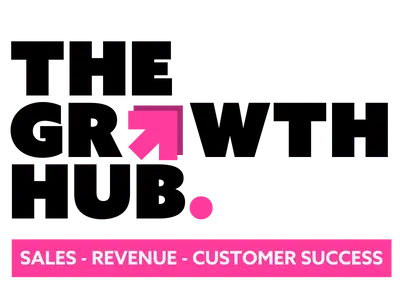Are you making plans for the 2019 National Sales Conference? Checking out the speaker bios, booking hotel nights, registering your salespeople? Have you thought about sending any marketing people to this year’s event?
You’re probably wondering: Why would I do that? Marketing people go to marketing conferences. Salespeople go to sales conferences. We only have so much budget for events. We can’t afford to send everyone to everything.
You know what we’re going to say: can you afford not to? Sales and marketing alignment is one of the biggest indicators of a successful sales process. How are they going to align if they don’t understand each other? With that in mind, here are four reasons why you should send your marketing people to a sales conference.
1. To hear the challenges
Within the bounds of the office, marketing may not have much idea of what makes the sales job so difficult. They might know some things their salespeople complain about – the quality of leads or the availability of sales collateral, for example – but those are by no means the only challenges salespeople face.
At a national conference, attended by hundreds of people who are all trying to get face-to-face with a decision-maker, who are all dealing with buyer indecision and long, drawn-out sales cycles, who are perhaps on the verge of burnout, you get a much broader picture. It gives an insight into what the sales team is dealing with on a day-to-day basis – and this insight breeds both empathy and respect.
If you want your marketing and sales teams to get along better, they need to understand what each department does – and how hard they each work. Your marketing people might not hear this in the office, but in a room full of people all saying the same things, it’s a lot harder to miss.
2. To learn how to sell
Much of the content at the National Sales Conference will focus on increasing sales opportunities through self-improvement: identifying what motivates you and using that to drive better performance; increasing sales skills; understanding your customer’s motivation, etc.
Naturally, this is all highly valuable for the sales team – but it’s also relevant to your marketing people. Again, it’s about giving them a greater understanding of how sales works. How do salespeople encourage customers through their buying journey? What is it like to negotiate a deal? What steps are taken along the way and – crucially – how can marketing help with this process?
Are these the kinds of conversations that sales and marketing teams are having in the office? I doubt it. Which is why there is value in sending marketing staff to a sales conference.
3. To speak to other salespeople
Networking is an important part of any conference. It’s an opportunity to meet others with similar goals and interests, share your experiences and learn from theirs. And of course, you might find new customers, new team members or even new employers among the crowd.
Talking to other salespeople can give marketing an idea of how other businesses manage the relationship between the two teams, as well as some of the marketing strategies that salespeople find the most value in. Sometimes it’s easier to take advice from outsiders with no skin in the game – especially if the relationship between your sales and marketing people is not currently a positive one.
4. To spend time out of the office with your salespeople
Sales trips, conferences, days out – these are all opportunities for your teams to drop their guard a little and get to know each other as people rather than job titles. Small things like meeting for breakfast or introducing each other to new people – even long car rides together – give people the chance to think of each other differently than the roles they have been cast in within the office. Again, for relationships that haven’t been going too well, this can be the reset that you need to begin afresh.
Sales and marketing alignment begins with empathy and respect
Aligning two previously independent functions is hard work – but it’s even harder if the relationship between them is broken. Fixing that relationship depends on helping each department understand the other’s challenges and responsibilities – something that is covered really comprehensively at a conference.
Check out iPresent for their all-in-one Sales Enablement Tool empowering people to sell, here.
— — — — — —
Posted here with permission from our 2019 National Sales Conference Sponsors, iPresent.




